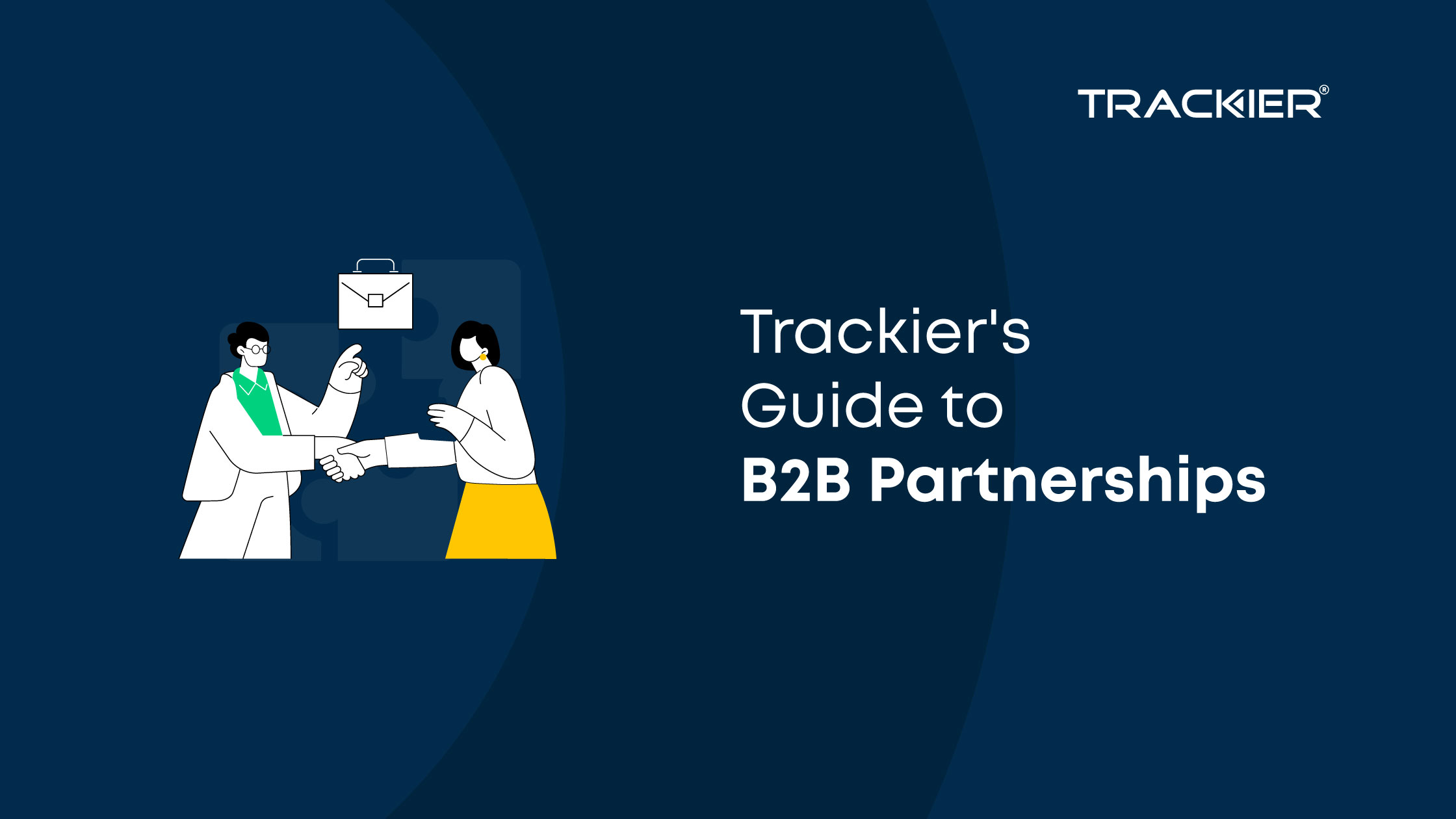What Is In-Game Mobile Advertising?
In-game mobile advertising is a monetization strategy that game inventors use to boost their game’s profit. Game developers earn money and get paid by showing mobile game advertisements to their users. A maturity of gamers is happy with the ad-based model of games today.
There are different types of mobile game advertising strategies and ad formats that inventors can integrate into their games to drive mobile game advertisement profit, similar to rewarded video ads, offerwall ads, and interstitial ads.
The ads that perform stylishly and deliver the highest eCPMs are the ones that are integrated directly into the game circle and complement the in-game economy – in other words, advertisements that work as an element of your game. This way, the in-game advertisements become a part of the user experience and can help improve app engagement and retention rates.
Different Formats Of In-Gaming Advertisement
Static in-game advertising
Static ads are erected into the game during the app’s development stage. As the name suggests, the advertisements can not be changed in static in-game advertising. Similar to product placement in a movie or music video, static advertisements frequently appear in the games on billboards or signs.
Given that these advertisements can not be changed, they haven’t been as popular as the dynamic advertisements which we will discuss below. However, static in-game advertising is added as newer iterations allow for lesser customization.
Dynamic in-game advertising
In contrast to static ads, dynamic Advertisements are banners displayed in a game that can be streamlined in real-time. Dynamic in-game advertisements give advertisers a great deal of inflexibility and are easy to gauge. They can also be used to geo-target decided-in users.
The diversity of ad formats is another reason dynamic advertisements are the popular choice among advertisers. Below we’ll cover the six most common types of dynamic advertisement formats.
– Interstitial Advertisements
Interstitial ads are rich interactive ads covering the entire screen. These advertisements take advantage of natural pauses in the user’s gaming experience, similar to the break between situations. As they don’t interrupt the user experience, interstitial advertisements generally induce high prints and transformations. The creativity and timing of an interstitial advertisement are critical to its success.
– Native Ads
Native banners appear similar to web banner advertisements in that they blend seamlessly into the background in which they’re placed for an invisible advertisement experience. Unlike display banners, native ads are bedded and thus, appear as part of the content.
The increase in ad spend for this ad type is due to continued specialized invention, similar to in-feed native ads, which are completely integrated with content.
– Contextual ads
Contextual advertisements are delivered to users grounded on the user’s state at the time the advertisement is served. Advertisers partly set motifs and keywords to their digital media source, which also use algorithms to match the advertisement with applicable content, keywords, motifs, and images.
– Awarded videos advertisements
Awarded videos Advertisements allow users if they watch a full-screen advertisement. After users watch a 15- 30 alternate videos advertisement, they’re given in-game currency, redundant lives, further situations, etc. users tend to prefer awarded video advertisements to in- app purchases, and inventors reported increased user retention after introducing awarded videos advertisements.
– Playable advertisements
According to statista, 5 out of 10 people will be the gamer by 2025. Playable advertisements are interactive video advertisements. In this form, users can play a short exercise of the gaming app before deciding to download it. This pruned-down interpretation offers the app’s essential features so that users can “ try before they buy ”. By allowing gaming cults regard to how the app works, playable advertisements tend to reduce uninstall rates and increase retention.
– Advergaming
Technically speaking, advergaming isn’t a single dynamic advertisement, but rather an entire game erected specifically to promote a company or product. In advergaming, advertisements are bedded throughout the game, all pointing to the singular brand that erected the game.
Best In Game Mobile Advertising Strategies To Practice
-
Monetize early
Don’t leave monetization until the end. It’s important to suppose about mobile game monetization as you’re designing your game. This way, you can incorporate your announcement units into the game circle, which will ameliorate announcement engagement and thus drive the most in-game advertising profit possible.
-
Trial and A/ B test advertisement placements
You should always be changing your advertising strategy and indulge in A/B Testing to see how to stylishly balance the stoner experience and mobile game announcement profit. Focus on placement, frequency and circumscribing, and indeed cloverleaf different kinds of announcement units.
-
Segment your users
You can use parts to knitter the announcement experience to different kinds of users. For illustration, you can serve smaller advertisements to users who constantly make IAPs, or you could serve advertisements within the first 3 minutes to users who only play for 5 minutes.
Why Are Businesses Relying On In-Gaming Advertisements These Days?
– Induce more mobile game ad profit
Unfortunately, most gamers don’t pay to play. But mobile game advertising is a great monetization strategy inventors can use in addition to in-app purchases.
– Increase in-app purchases
In-game advertisements coupled with the proper mobile game strategy can boost in-app purchases by 6x. Ad units that work as a part of your in-game economy, like awarded video advertisements, give users a taste of the IAPs you offer and show them the value of in-game goods. Soon, gamers end up paying for IAPs rather than engaging with the rewarded videos.
– Enhance the user experience
Ad units that are incorporated into your game circle produce a stylish experience for your users. For example, you can offer users free prices like coins in exchange for watching or interacting with advertisements at specific points in the game. 71% of gamers said watching video ads is their preferred way to ‘ pay ’ for in-game content.
– Boost game engagement and retention
You can use mobile game advertisements as a retention tool to encourage users to come back to your game, by giving them prices for engaging with advertisements. You can also use advertisements as an engagement tool by prompting users to engage with an awarded advertisement unit that gives them the exact number of coins they need to continue playing the game.
Bottomline
Trackier’s Mobile Measurement Partner has helped various app owners in estimating and upgrading in-game promotion drives. Not only with the MMP highlights referenced above, Trackier helps you with understanding the client venture from each conceivable channel and allows you to fabricate your attribution rationale and apply it across partners with our adaptable settings and elements.
To find out how we can help your in-gaming advertising succeed, plan a call with us to avail of a free trial. So, book your demo directly from here.














